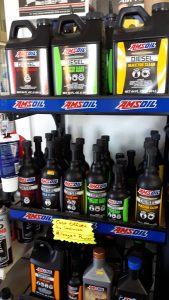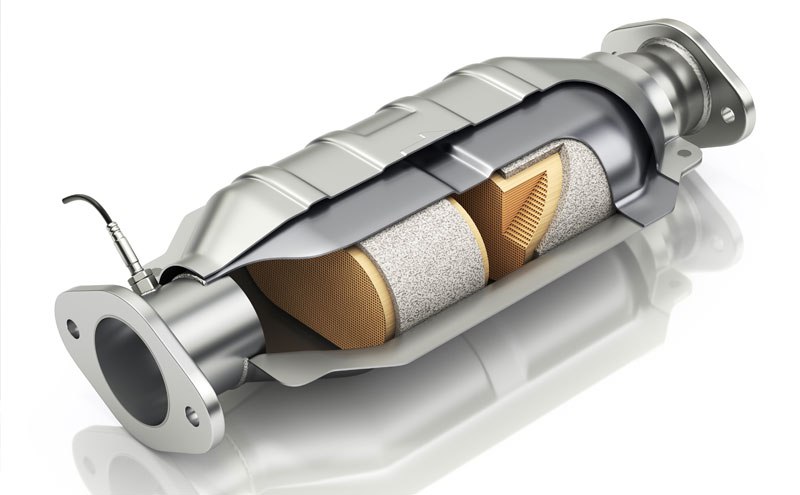Our Diesel Fuel Additives Will Save Your Fuel System and Add Performance Diesel fuel additives are the most overlooked motor maintenance item next to motor oil. An essential product that must be added to every tank. Many diesel drivers mistakenly think a fuel lubricant is okay every other tank. New diesel owners are not being […]
You are browsing archives for
Tag: diesel
Is an Engine Flush Good or Bad?
Should you be concerned using Engine Flush? John Baker|Nov 26, 2018 11:00 AM To flush or not to flush. (One of our best sellers here in Sioux Falls) It’s a question whose answer is obvious in the bathroom, but vigorously debated in the garage. Let’s get right to the point. Is an engine flush good or […]
How Oil Consumption Affects Your Turbo D...
How Oil Consumption Affects Your Turbo Diesel’s Exhaust System Mark Nyholm|Aug 13, 2018 9:41 AM Ever wonder why engines have that long wiry thing with the small plastic handle? A.K.A. the dipstick? “Come on, Mark, it’s for measuring proper engine oil volume,” you say. Sure, but here’s the million-dollar question: How often should you pull the […]
AMSOIL 2017 Year in Review
AMSOIL 2017 Year in Review Jamie Jarvi|Dec 29, 2017 1:31 PM Here at AMSOIL, 2017 delivered a whirlwind of activity from start to finish. From new and reformulated products that further solidified our status as the leader in synthetic lubricant technology, to the loss of our beloved founder Al Amatuzio, it’s been a year of […]



